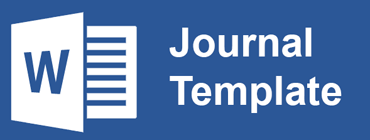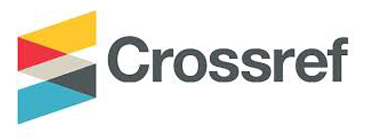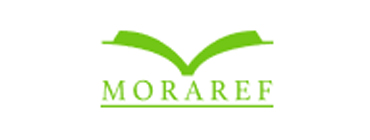Focus and Scope
This journal provides a platform for researchers and practitioners to share their findings, insights, and developments across a broad spectrum of disciplines in Islamic Science and Technology. The scope of the journal includes, but is not limited to, the following areas:
- Geographical Information System
- Enterpise Application
- Bussiness Intelligence
- Data Warehouse
- Data Mining
- Computer Architecture Design
- Mobile Computing
- Computing Theory
- Embedded system
- Decision Support System
- Digital library
- Fuzzy Systems and its Applications
- Geometry Theories and its Applications
- Graph Theories and its Applications
- Real Analysis and its Applications
- Operation Research and its Applications
- Statistical Theories and its Applications
- Dinamical Systems and its Applications
- Mathematics Modeling and its Applications
- Discrete Mathematics and its Applications
- Computer Mathematics and its Applications
- Mathematics Actuaria and its Applications
- Mathematic financial
- General Science
- Theoretical Physics Study.
- Geophysics.
- Materials Physics.
- Radiation Physics.
- Instrumentation Physics.
Section Policies
Articles
Open Access Policy
This journal provides immediate open access to its content on the principle that making research freely available to the public supports a greater global exchange of knowledge.









